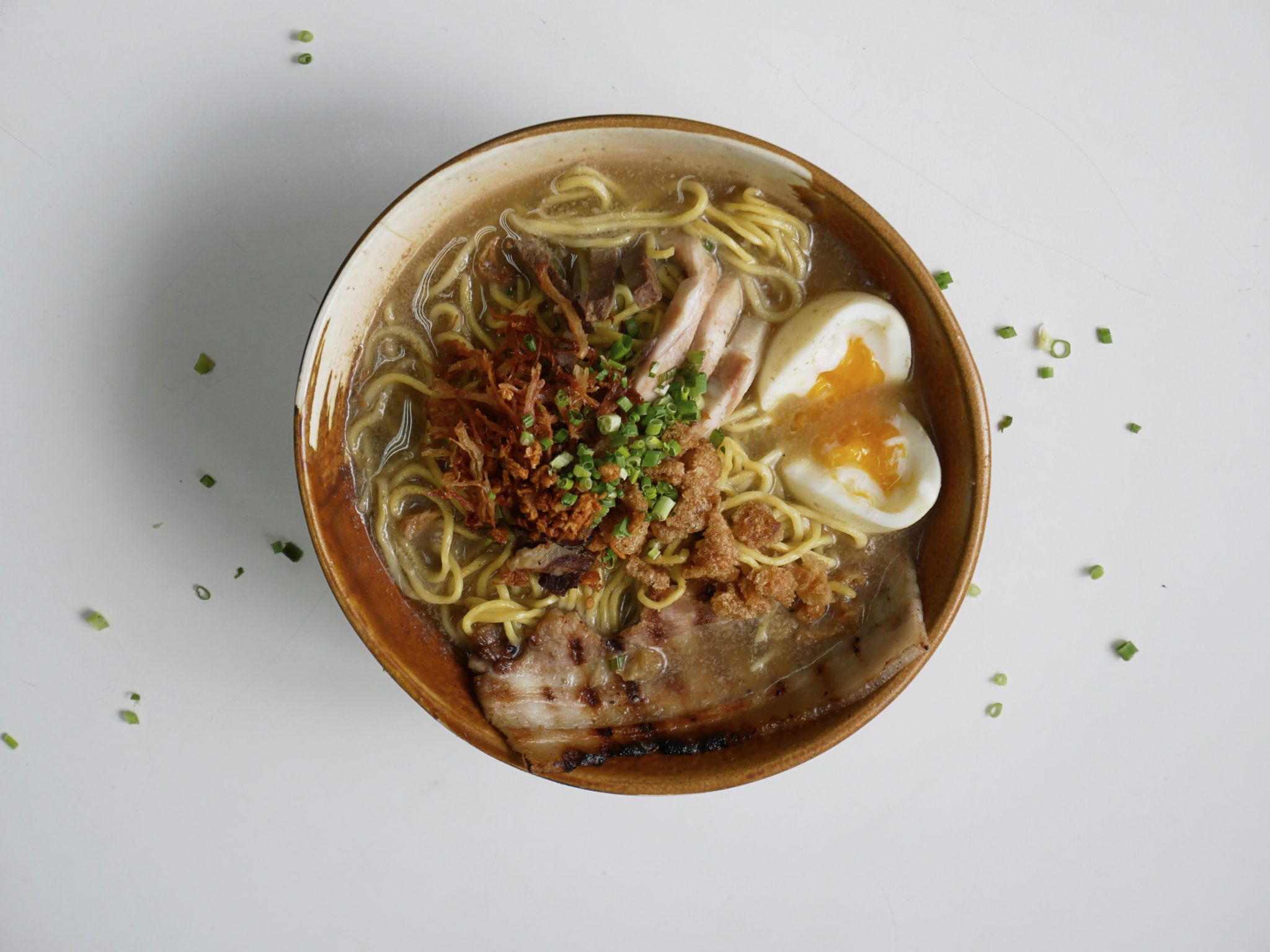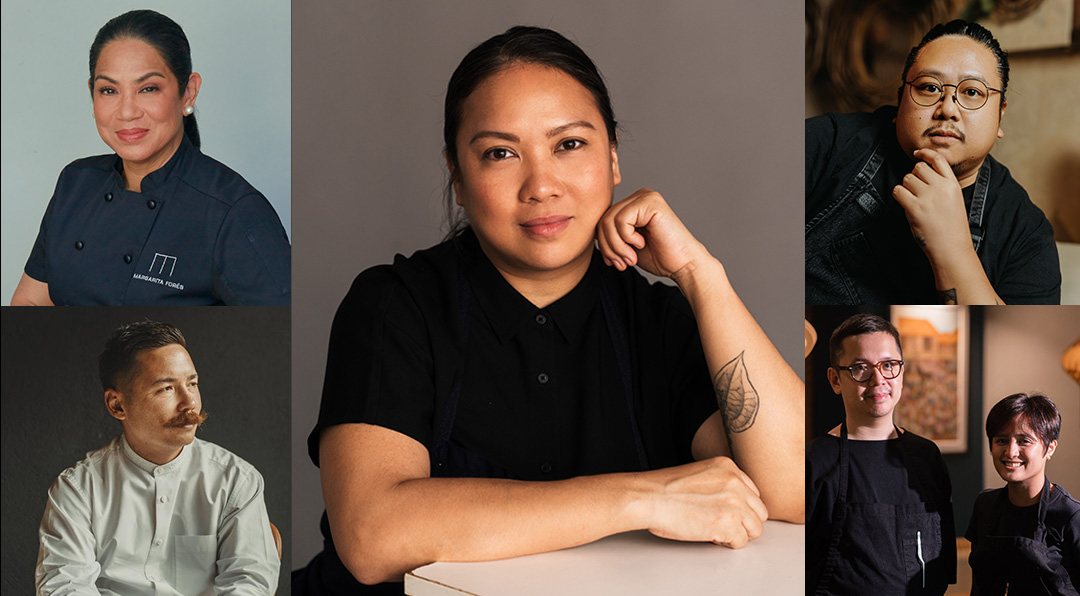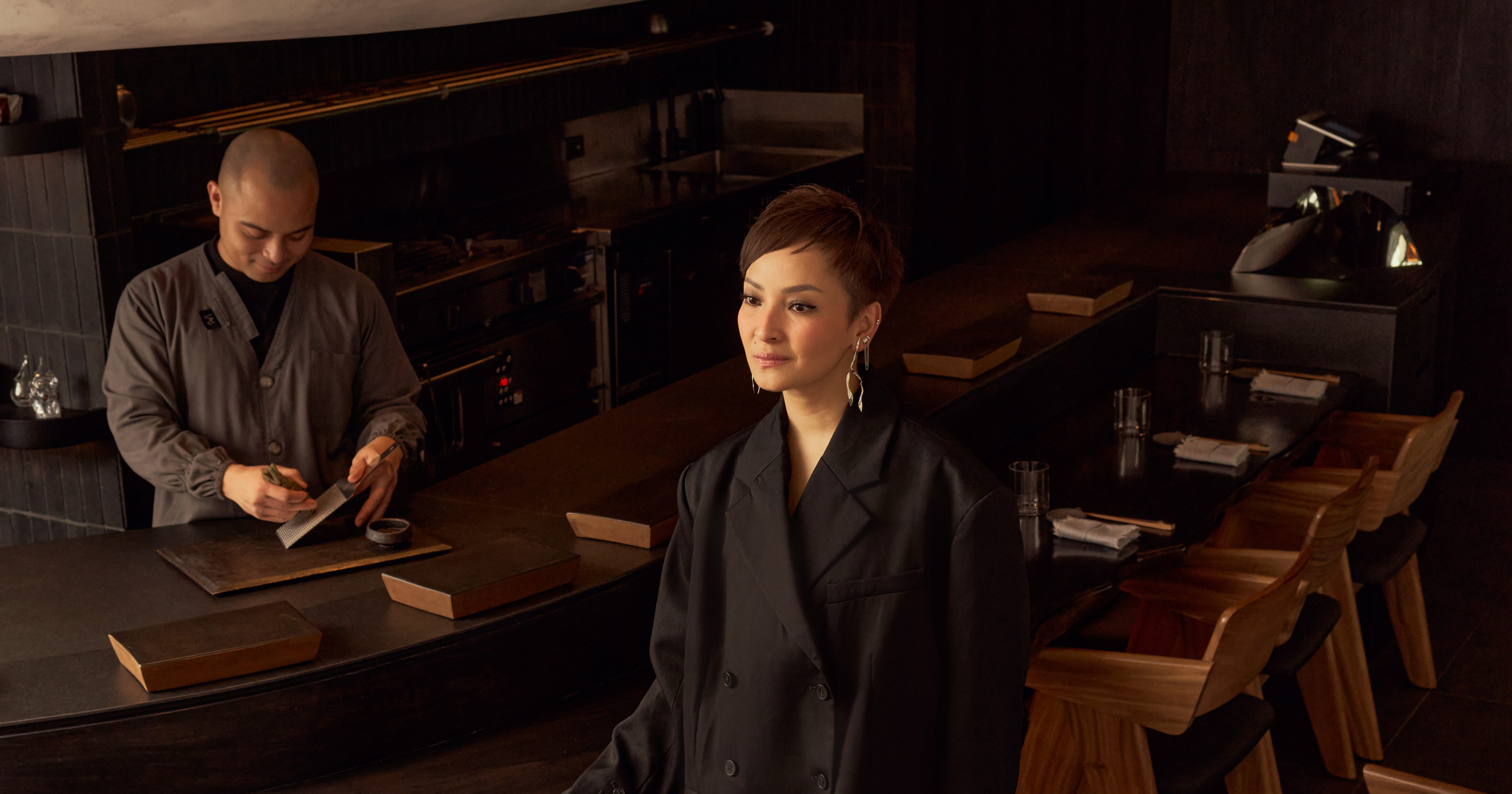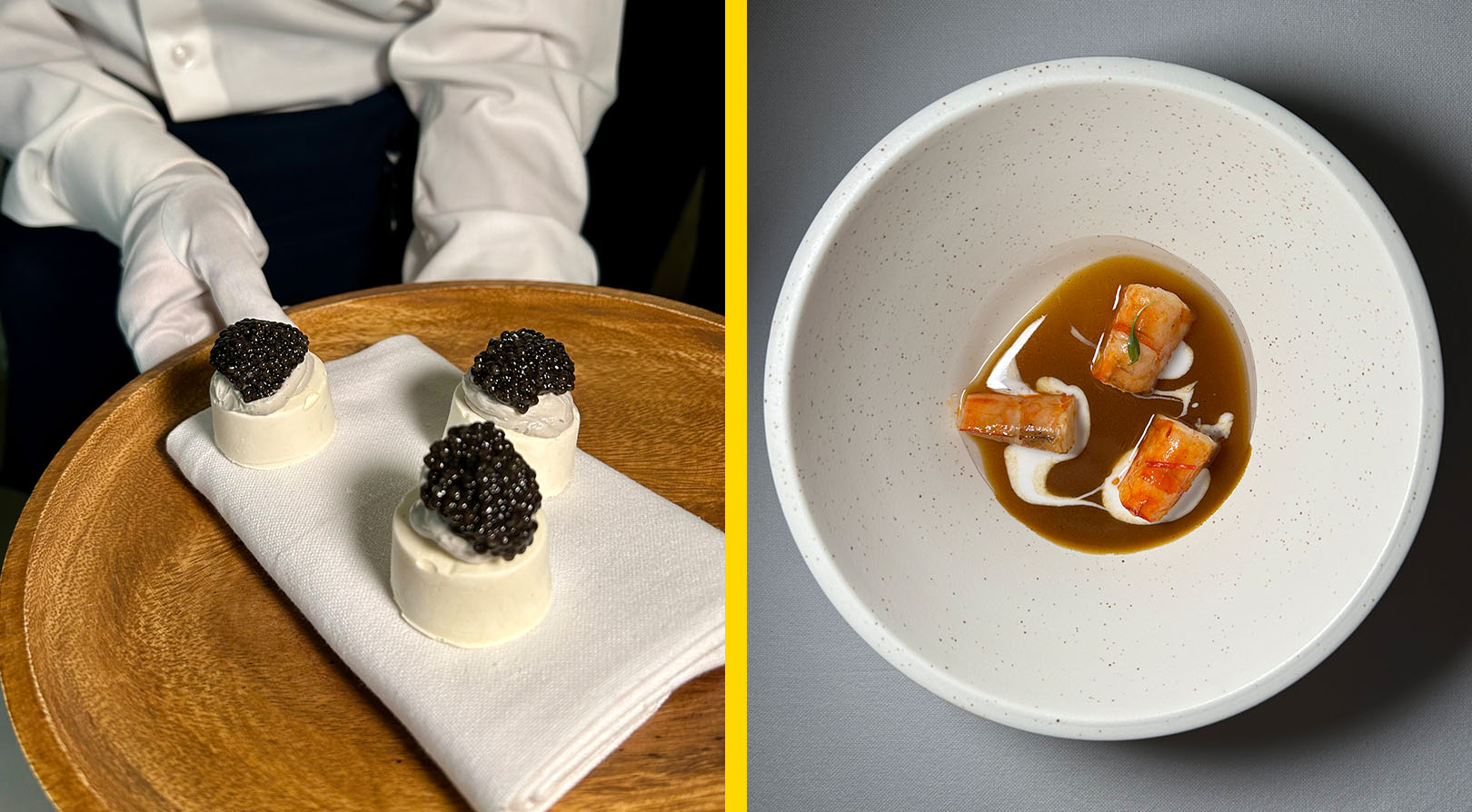Not to suggest that political correctness doesn’t have a place in food—but we can certainly be politically correct in ways that matter
A kind of murky narrative looms over the origins of batchoy, a beloved Filipino classic from Iloilo. That it’s a product of the minds of the population of La Paz is rarely debated—the full name of the dish is La Paz batchoy, after all. Within that district, however, is where the murkiness lies. Two different versions of the dish’s tale exist. Stories told by two of the area’s staple batchoy restaurants cover different periods and recipes, the narratives converging only at the soup’s popularity among diners.
It was 1938 when the butcher Federico “Deco” Guillergan Sr. put up his first stall at the La Paz Public Market. Selling bowls of broth and meat for 20 centavos, Guillergan is credited to have coined the term batchoy after relenting to his customers’ demands that he add some kind of noodle to the soup. But there is also the story of Teodorico “Ted” Lepura who—although he opened his first stall in 1945—claims to have learned the recipe in the early 1930s from a Chinese merchant even before Deco put up his stall and introduced the word batchoy to the culinary vernacular.
Pedantic purposes aside, it’s not entirely clear whether anything can be gained from settling on a single version of the story. Both Ted’s Oldtimer La Paz Batchoy and Deco’s La Paz Batchoy remain to be reputable establishments within and outside Iloilo, having successfully franchised their shops all over the Philippines.
Many of the so-called classics of Filipino cuisine live off the notion of preservation as the ultimate ideal or selling point within a rapidly evolving culinary landscape. The words original or authentic are meant to excite nostalgia, or perhaps even elicit emotions that come close to something like trust.
Many of the so-called classics of Filipino cuisine live off the notion of preservation as the ultimate ideal or selling point within a rapidly evolving culinary landscape. The words original or authentic are meant to excite nostalgia, or perhaps even elicit emotions that come close to something like trust. For instance, people “trust” The Original Dolor’s Kakanin as the brand of sapin-sapin that can give them the most pure and authentic kakanin experience. And we don’t even need to analyze the respective business models of such classic establishments to understand why and how such a strategy works. Obviously, there are human elements in the way we produce, market, and consume food, and nostalgia just happens to be one of the more marketable elements.
In a culinary climate that seems to be largely defined by change and innovation, by monthly spates of new dining concepts and “creative” renditions of traditional food, it seems that a pressing question among the original proprietors of classic dishes and the ardent diners that swear by their purity and authenticity is this: How much of a classic dish remains to be classic? That is, how much of it has stayed the same?
In the case of La Paz batchoy, it is difficult to come up with a single accurate answer, let alone identify what exactly constitutes accuracy in such a muddled and low-stake problem. There are no definite benchmarks or standards upon which we can determine originality and authenticity. For one, what exactly went into the original batchoy? Was it just meat and broth? Or is it closer to the soup as we know it now—topped with innards, crushed chicharon, toasted garlic, and boiled eggs?

It also doesn’t help that a great number of batchoy variations exist. Some versions include shrimp, vegetables, chicken breast or beef loin, with some restaurants opting for either shrimp broth or chicken stock. Some of the more recent takes on the traditional soup are Sarsa Kitchen + Bar’s trio of modern renditions: batchoy ramen, which, as its name would tell you, is a Japanese-inspired take on batchoy; seafood-gata batchoy, a light and rather sweet soup topped with lapu-lapu, fish cakes, squid, and shrimps; spicy batchoy, a dish inundated with heat courtesy of some secret spicy paste.
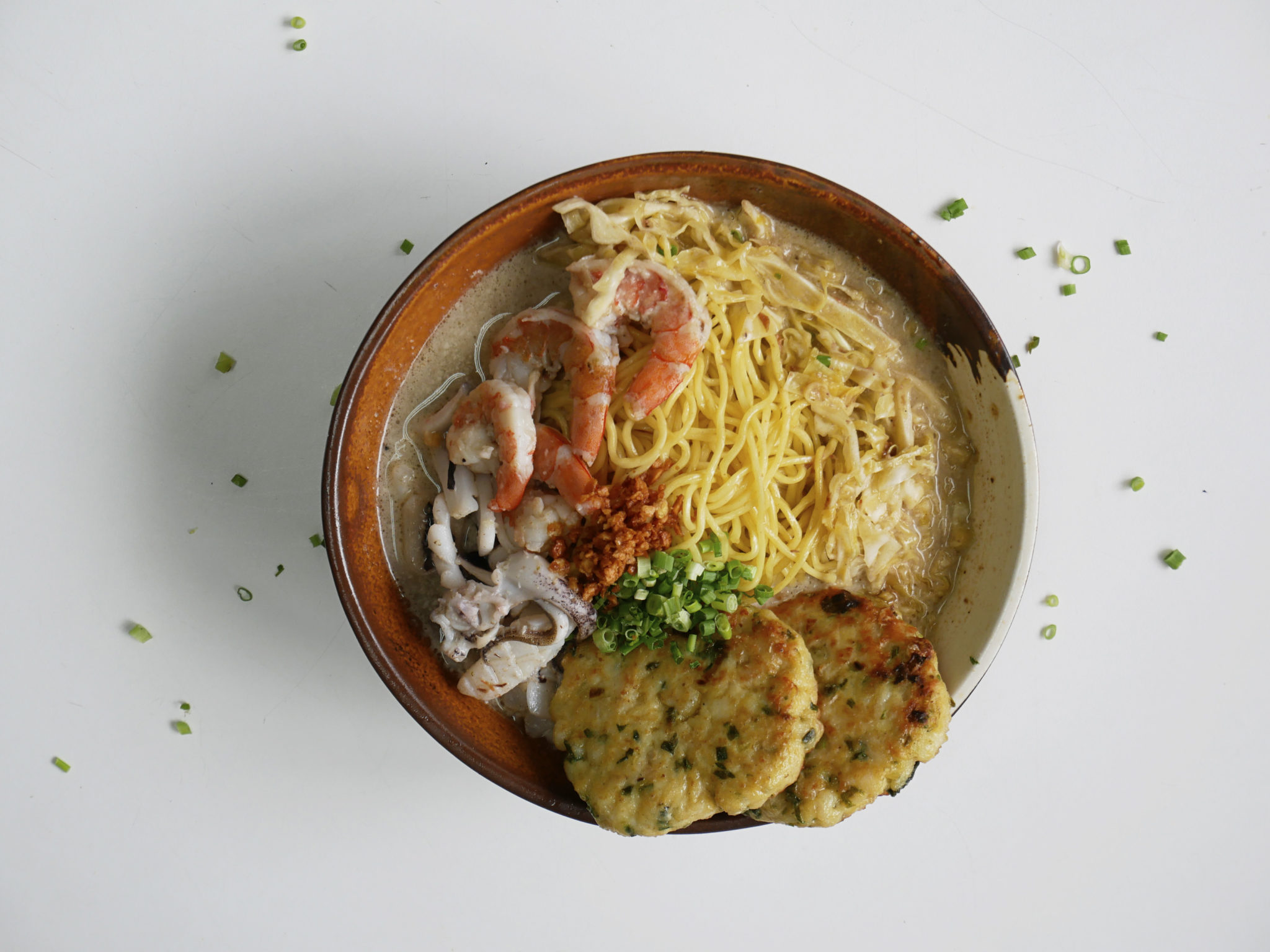
These dishes possess the same familiar flavor profile of the classic batchoy but are not likely to elicit feedback that commend their authenticity or how similar they are to the original soup. These are renditions of a traditional dish and at this point, it seems unproductive to dwell on the true intention behind their creation. After all, we could be certain that these versions were created with the goal of simply cooking something delicious.
And before we indulge our purist inclinations by attacking the veracity of modern twists and lamenting the loss of a dish’s originality or “essence,” it’s worth remembering that food is pretty much influenced by different cultures. Maybe food could be enjoyed better this way: free of politics, pedantic specifications, and pressures to stay true to original versions.
Not to suggest that political correctness doesn’t have a place in food—but we can certainly be politically correct in ways that matter.

